
llustration by Abro / Dawn.com
My reason for writing this narrative is that I want to face the demons. I want to make sense of the things that happened to me. But not just for me. I want people to know, especially the young girls and women who are conditioned to endure violence and who are silently fighting abuse.
After being treated unjustly for five years and after contemplating about it for over a year and a half, it’s only now that I could gather courage to tell my story to the world. I realise that by being silent I am not only accepting the injustice that happened to me but I am also supporting injustice happening to others.
Let me come straight to the point. I am a survivor of domestic abuse, both physical and mental, for over five years, until I ended the abusive relationship. It has been a longstanding struggle within me and with myself; whether or not to give voice to my lived experiences. Writing this narrative takes me back to horror chambers. I still tremble with the thought of the brutalities I endured. However arduous, I want to step up and speak out.
To the society that pretends it is a private matter, I want to say loud and clear that domestic abuse is real. It happens more frequently than we would like to believe. It happens across caste, class, religion and race. Education level of the abuser or the abused doesn’t have much impact on how badly you may be beaten up or for how long.
My reason for writing this narrative is that I want to face the demons. I want to make sense of the things that happened to me. But not just for me. I want people to know, especially the young girls and women who are conditioned to endure violence and who are silently fighting abuse. I want them to know that they are not alone in this fight.
To the society that pretends it is a private matter, I want to say loud and clear that domestic abuse is real. It happens more frequently than we would like to believe. It happens across caste, class, religion and race. Education level of the abuser or the abused doesn’t have much impact on how badly you may be beaten up or how long you will stay in that relationship before you get out, if you are able to get out at all. The physical and mental trauma undoubtedly has a long-lasting impact. As survivors, we may feel weak and feeble. But we shouldn’t blame ourselves and should courageously voice out the injustice.
I want to also establish that as much impact the ever pervasive violence has on my life, it does not define me. The person who abused me is just one of the many faceless aggressors around the world who has the same violent, manipulative and guilt-tripping traits.
Many educated young girls and women in our community fear and feel ashamed to come out as battered women. I want to plead to all those courageous women out there: don’t let your personal narratives be unheard, don’t be invisible, trapped in the statistics of domestic violence. Let the staggering figures have faces, speak out. Come forward with your stories in solidarity for those beautiful souls who are still struggling to make decisions. Don’t fight in silence.
Coming to my narrative, I have been in a relationship with a man I had known for many years. I respected him and placed my trust in him as a friend and a confidante. I was open to him about my life, my feelings, worries and doubts. However over the years, I started to realise that he used those pieces of my life to coerce me, humiliate me and to isolate me. I had always painted an image of him to be a socially conscientious and sensitive person believing in human rights and values. Every time he hit me, I would look at that instance of abuse as an exception, trying to uphold the image I had of him, until the exception became the norm.
I have been in a relationship with a man I had known for many years. I respected him and placed my trust in him as a friend and a confidante. I was open to him about my life, my feelings, worries and doubts. However over the years, I started to realise that he used those pieces of my life to coerce me, humiliate me and to isolate me. I had always painted an image of him to be a socially conscientious and sensitive person believing in human rights and values.
One criticism or question to him, and I was sure to get hit. At times I struggled to ensure not to disappoint him. I began a race with myself to prove to him that I was becoming what he wanted me to be. Although the irrationality of beatings and justifications over the years became more and more clear, I simply kept feeding into his expectations to maintain the peace.
Indeed there were times in those five years that I questioned him, but not truly. I agreed to his arguments. I believed that it was my fault to get beatings. I apologised to him for committing ‘mistakes’. Once, he hit me in broad daylight on a street full of people for boarding the general compartment of a train and not the ‘ladies compartment’. He said hitting me was a punishment, to ensure I would remember the next time. I was beaten black and blue with a belt for going on a school reunion picnic because boys also participated in this picnic. He said he didn’t trust any man other than my father and brothers for my safety. He said I was ignorant, that I didn’t know how the world works and therefore I needed his protection.
Growing up as a teenager at home, I didn’t follow a certain hour curfew. But in my mid-twenties, in that relationship, I felt enchained. I would cut short on family events and cancel going out. One angry phone call from him and I frantically left the turmeric ceremony of a friend. I swore to him that I didn’t dance in that ceremony. He said if I properly explained the reasons for attending these events, he would allow me to go. But to him, my explanations were never sufficient.
He would say I didn’t have awareness of my body. He would hit me as a punishment so as to remind me to always wear a dupatta (scarf worn over clothes as additional covering for upper front body). At one time, I was hit for bringing ‘burnt’ chapati and ‘leftover gravy’ for him. He said, “This shows how much importance I have in your life. You are careless because you don’t value me.” I was hit again because I became upset and wouldn’t eat.
I was hit in so many instances. Inside the house but also in public places; in Mumbai and during our stay in Europe; on a subway full of people; on bus stops, and while walking through busy streets. I wouldn’t understand why people didn’t question him or stop him.
I was hit in so many instances. Inside the house but also in public places; in Mumbai and during our stay in Europe; on a subway full of people; on bus stops, and while walking through busy streets. I wouldn’t understand why people didn’t question him or stop him.
During my gender studies course in a prestigious European university, I was hit to the point where I had to go to the hospital. The side of my eye where he had punched was bleeding. My eye was blue and swollen for days and so was my body. I resumed classes after a week and made my presentation wearing sunglasses. I told my classmates I had fallen off an escalator.
Last year when I told one of those classmates what the truth was, she said she wasn’t surprised. She didn’t want to confront me at that time and probe with too many questions, but she knew something wasn’t right. She said many other women in the class actually gossiped about it. It really surprised me that there was such a silence around domestic violence, even among these ‘feminists-to-be’. At that time I didn’t reach out for help. I feared several bad consequences, especially for him in a foreign land if I did so.
He would hit me more aggressively every time I cried for help. When I said I would tell our parents about how he treats me, he would say: “We hadn’t involved our parents when we took the decision to be together. We will solve our matters ourselves now too.”
Every time I said I wanted to end this relationship, he would reply: “You can’t take this decision on your own, alone”. When I said I would lodge a complaint against him he would say: “But you have hit me too, we are equals”, referring to the very few times I had hit him in defense.
Or even: “In a patriarchal society like ours, my pride is wounded much more by getting hit by a woman.” When I spoke of rights and equality, he would say: “Don’t get influenced by ‘personal is political’ of feminists. Don’t try to be a feminist because it will ruin you.” He said: “Look around. Which feminist do you see with proper families? They have destroyed everything.”
He choked me, and pushed me against the wall. Punching me in the head, he had said it was my stubbornness that brought evil out of him. I would freeze, black out… My brain would literally stop working. I wouldn’t speak a thing and this made him angrier. He said “he beat me up but just enough to make me speak out.” It sounded like a police interrogation tactic. He said to me once: “Now I understand why men kill their women in frustration.”
I have read about how cycles of abuse function. How there are patterns that every abuser follows. Yet I had to take my own time. The moment I finally broke the silence, over a year ago, talking to friends and family, it felt like a flood of words gushed out my mouth. I didn’t want to remain in silence anymore. The more I spoke, the more I understood how systematically the violence I endured was normalised. Until then I was ashamed, confused, in disbelief and denial that I was a victim of domestic violence.
How could I believe I was that victim? Coming from a humble background, a Dalit girl growing up in a slum of Mumbai. I had achieved things I hadn’t imagined for myself. My family and community respected me. My opinions mattered. People saw me as a confident, independent young woman. But precisely these facts became detrimental to my coming out. I feared all that I had achieved would be shattered if I came out as a victim of domestic violence. As though it was my failure. I thought of the disgrace it would bring upon my family. I feared he would come after me and he would create a big havoc in front of my family. After all he had said he would do so at many occasions.
There are endless stories of brutalities but the trend would always be the same. To have control over me and to discourage me from taking decisions of my own. Coming to Geneva on my own for PhD in September 2014, finally gave me mental space to understand and process things. For example, I would walk on the streets of Geneva and still feel his surveiling eyes watching me. This made me realize the omnipresent terror I was living with.
For five years I thought it was going to be impossible to end this relationship. Even in Geneva where I was on my own, it took time for me to believe that I could actually end it. I finally gathered courage and did it. It wasn’t easy; I was guilt-tripped at every step. Even then he didn’t let me go and continued to manipulate me.
He spoke of the morality and values I would be digressing from if I left him. He spoke of betrayal. He said I was betraying him without any other explanation and therefore was resorting to a narrative of abuse. He claimed he could explain every instance of abuse towards me, saying he did all of it out of utmost love and compassion for me.
He spoke of the morality and values I would be digressing from if I left him. He spoke of betrayal. He said I was betraying him without any other explanation and therefore was resorting to a narrative of abuse. He claimed he could explain every instance of abuse towards me, saying he did all of it out of utmost love and compassion for me. He insisted that I was focusing too much on the bad things and was conveniently forgetting all the good he did for me. He said by running away from him I am taking an easy way out, that if I truly loved him, I would stay on to bring positive change in the relationship.
When his manipulations to bring me back into his life didn’t show any results, he started asking for my forgiveness. He promised that he would change, like he had promised previously after every beating. I was asked why suddenly I took such a step. Had I met someone? Later he started with negotiations. He said if he were to accept my decision, I should accept the conditions that he made, by which I was to stay single all my life and not fall in love with anyone. I also was to see him change and he expected that we wouldn’t give up on the activities of the Dalit women’s rights organisation we had started together.
It was plain mockery that during our relationship, in social forums we went together to speak as colleagues for Dalit women’s rights and in the private domain my rights were getting violated every day. We both led very contrasting lives. To the outer world I was a confident, outspoken young woman and he an introvert but equally diligent promoter of Dalit women’s rights. In my personal life I was oppressed and he was oppressing me. Who could have ever believed?
For example, people were shocked to know he could do something like this to anyone. At the very same instance some told me to forget about it. Most of the people I spoke with gave well-meaning advice. They said you are out of it and that’s what matters. You have a better life ahead and he doesn’t deserve your attention. I saw that as much as people felt sad, shocked about partner abuse, they thought it to be normal. Something to forget and move on.
A few common friends didn’t break their silence about this. They thought they couldn’t take sides and told me so. Some took upon themselves the task of moral policing. Many couldn’t understand why I didn’t leave earlier. Few asked me why now, after five years? What triggered this sudden decision?
As if, by having stayed on for five years in that relationship, I had lost the legitimacy to question it and to finally come out of it. Some thought mine was a hasty decision, and I should think over it. Others made it an issue of pride that I didn’t reach out to them first. Some said he is their friend and they are concerned about the consequences the end of our relationship would have on him.
After the end of this abusive relationship, my life took a dramatic turn. A magical one even; if I may say so. I found an amazing connection with an old friend from Belgium with whom I could share my every thought with. A year later we decided to get married. As the news of my marriage with a ‘white man’ broke in December 2015, there were further waves of shock.
Word went around that I betrayed a “good man from our community” for a “white man from foreign land”. I was said to have gone for “a better option”. However, many people did reach out and congratulate me. I thank them for their support. I am now in an equal and respectful relationship full of love and trust. My partner, our friends and families in both the parts of the world (India and Belgium) have supported us wholeheartedly. Their support has been crucial for me to stand strong.
Towards the end of my narrative I want to address the people who want to know why I didn’t leave in those five years. Although I don’t owe any explanation, I am stating the reasons that are commonly recognised in partner abuse. I would like this to help women in abusive relationships to understand the patterns of abuse they are facing.
I didn’t leave because firstly I couldn’t believe I was being abused. I have been an educated and empowered woman, vocal about marginalised women’s rights. How could this have happened to me?
I didn’t leave because firstly I couldn’t believe I was being abused. I have been an educated and empowered woman, vocal about marginalised women’s rights. How could this have happened to me? Moreover, the common belief is that domestic abuse would happen to illiterate and disempowered women, perpetrated by alcoholic men. Him being a human rights activist, he didn’t fit the profile of a domestic abuser. We both didn’t fit the profiles of the abused and the abuser. I say people, it’s a myth! Domestic abusers do not have a specific profile. I plead to women: do not feel ashamed because you have been abused. Domestic violence does not define who you are as a person.
I didn’t leave because I tried to find rationality in his reasoning. I started to think that since he couldn’t get angry at me for no reason, maybe I was doing something wrong that made him angry. Gradually I was conditioned to blame myself in this relationship. I thought I could make things better and that time would strengthen trust in the relationship. Research shows that most domestic abusers face aggressive disorder and their anger doesn’t always have rational reasoning. Domestic abusers use systematic strategies for coercion and manipulation. Believing that it’s your fault will further drag you into a cycle of abuse.
I didn’t leave because I believed I could help him. Many a times, he said he needed me to make him a better person. That only I could help him. I started reading articles on living with a temperamental person. My plea to women is not to try to save somebody by endangering your own life. Don’t wait for him to change. Because while there are chances he may change, he probably needs an external expert to help. You as a victim of abuse should first seek distance from the abusive relationship for your own safety.
I didn’t leave because I kept raising the threshold to be reached before leaving. First, I told him I would leave him if he abused and humiliated me publically. But when that happened, I started saying I will leave you if you hit me in front of our family members. And when that happened too, I again created a much higher threshold. I said to him, “in the future, if we get married and start a family, I will leave you the day you abuse me in front our kids.”
Once he told me after hitting me in front his sister: “Now that you brought out an evil side of me in front my sister, I will no longer have any inhibitions to hit you in front of anybody anymore.” He said, “you have just created the worst outcome for yourself.” I beg all women to have zero tolerance for any form of abuse. Do not let your respect and dignity be compromised at any cost.
I didn’t leave because I didn’t know how to. Without realising it, I was imposing rules on myself to keep the peace, to make him happy. This also led to my withdrawal from friends and family. Isolation made it more difficult for me to get an objective explanation of the situation.
Dear courageous women, do not close yourself down. Reach out to family and friends. Consider their opinions. Importantly, take your own decisions. We have to live life and learn through it. We all may feel vulnerable. I feel so vulnerable at times and it surprises me even now to think how much of an impact violence has on me. I considered myself a strong person, and now my vulnerability too has become part of my strength.
Before I conclude, I want to address the people who know the person who abused me. After reading this, some of you might get angry and maybe even distance yourself from him. I feel it may not serve as a solution. There are too many cases of domestic abuse to only blame and punish one person. We have to reflect as a society on how we are dealing with issues of violence. There is naming and shaming of the victims/survivors of domestic abuse.
Every time a woman decides to walk out of a bad relationship, her chastity is questioned. Speak out against domestic violence. Support those who speak out against domestic violence happening to them.
Every time a woman decides to walk out of a bad relationship, her chastity is questioned. Speak out against domestic violence. Support those who speak out against domestic violence happening to them. There should also be awareness and openness in society to recognise anger and aggression as a psychological disorder. People with anger and aggressive disorder should seek help. Along with children, women are the primary victims of the aggressive disorder of their partners.
I have come to the end of my narrative here. You might wonder why I am writing about something so personal to me. I have stated the reasons in the beginning of this text. In conclusion, I want to reinforce them.
I want to build solidarity with the survivors of domestic violence and to get the discussion going. As we teach our young girls and women lessons of empowerment, we must also equip our whole society, especially men, to be emancipated and to embrace gender equality in its truest sense. Equality, not as a value ‘out there’, but as a habit integrated in our day to day life.
Society should nurture its young girls and women to think independently. Rather than emphasising the virtue of sacrifice, they should be empowered to put themselves first. They should be taught that assertion for their rights is important and normal. Society should at the same time understand that it is normal for women in an abusive relationship, to be vulnerable and feel at their weakest. Young girls and women should in fact know that it is only when we are able to care for ourselves and value ourselves that we find our true selves and the strength within, to accept who we are. Jai Bhim!
Swati Kamble is a Dalit women’s rights activist, presently doing a PhD in Socio-economics at the University of Geneva on caste and gender inequalities in policy processes in India.
Courtesy: Savari, a platform where adivasi, dalit and bahujan women “share our thoughts about our lives and the society we live in, including conflicts with the self, family and community”.

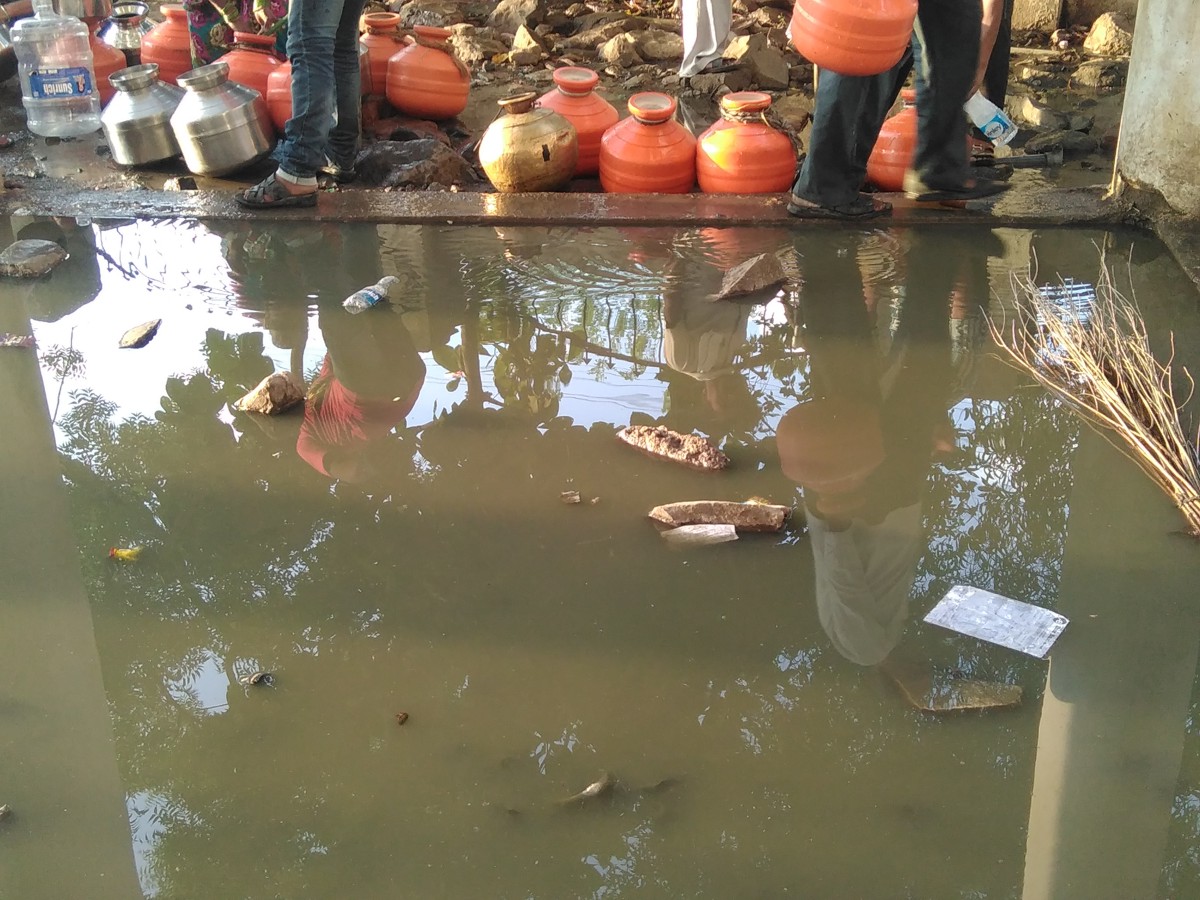
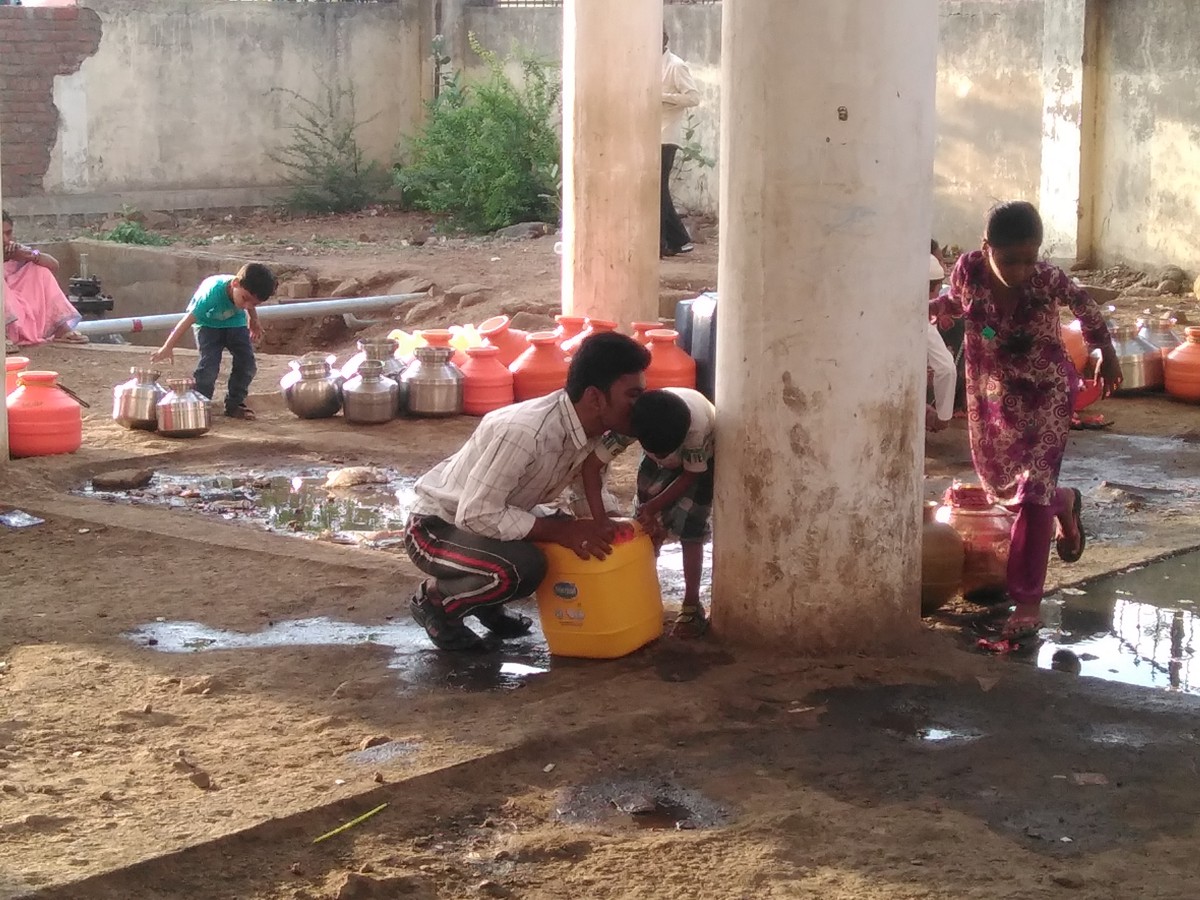

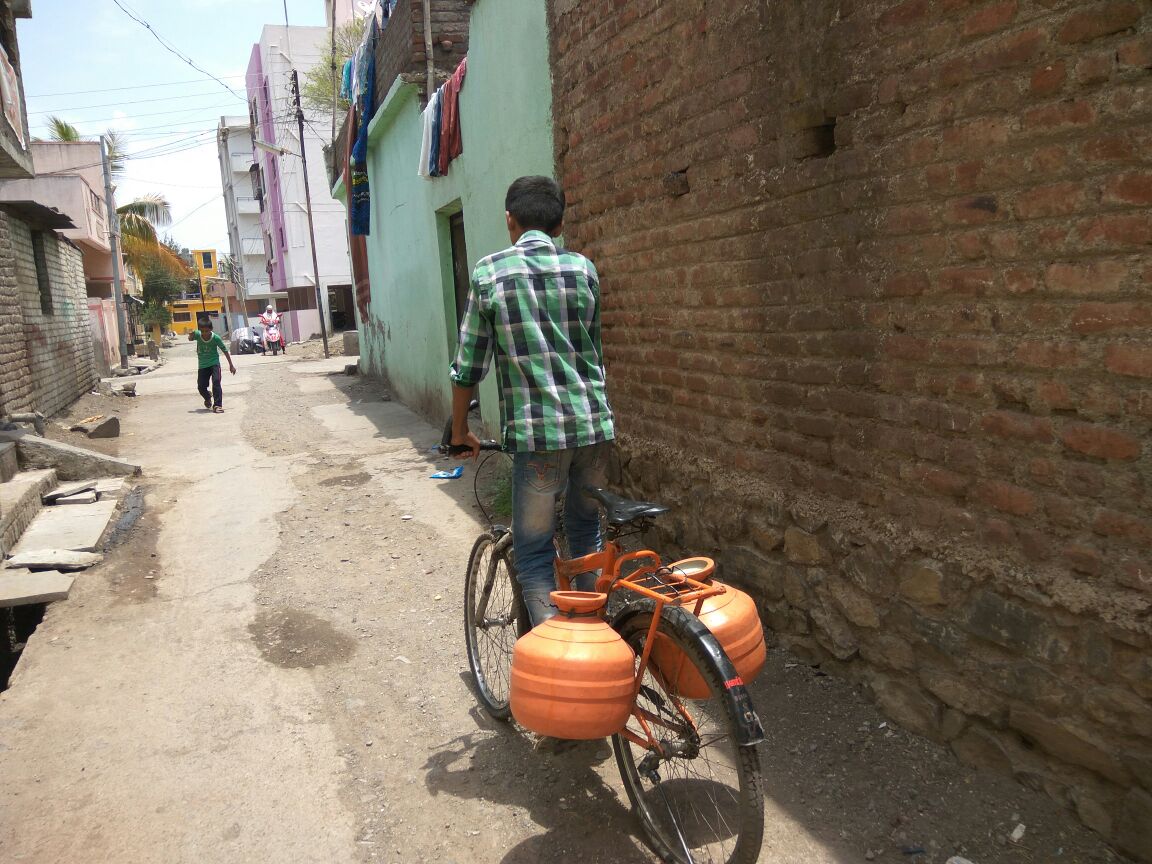

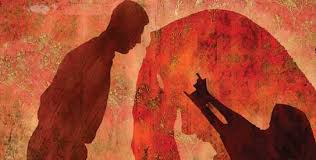
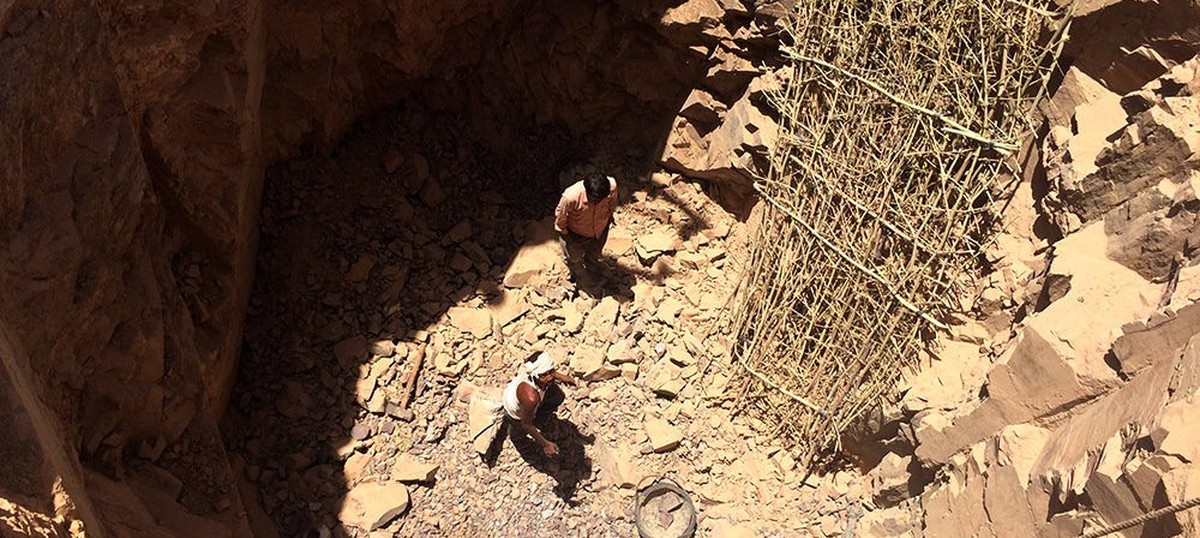
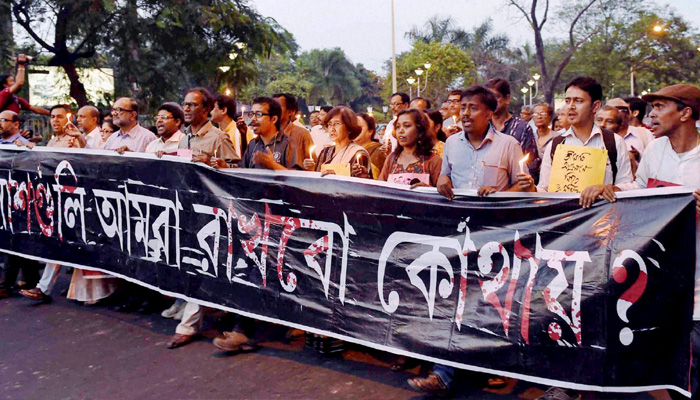
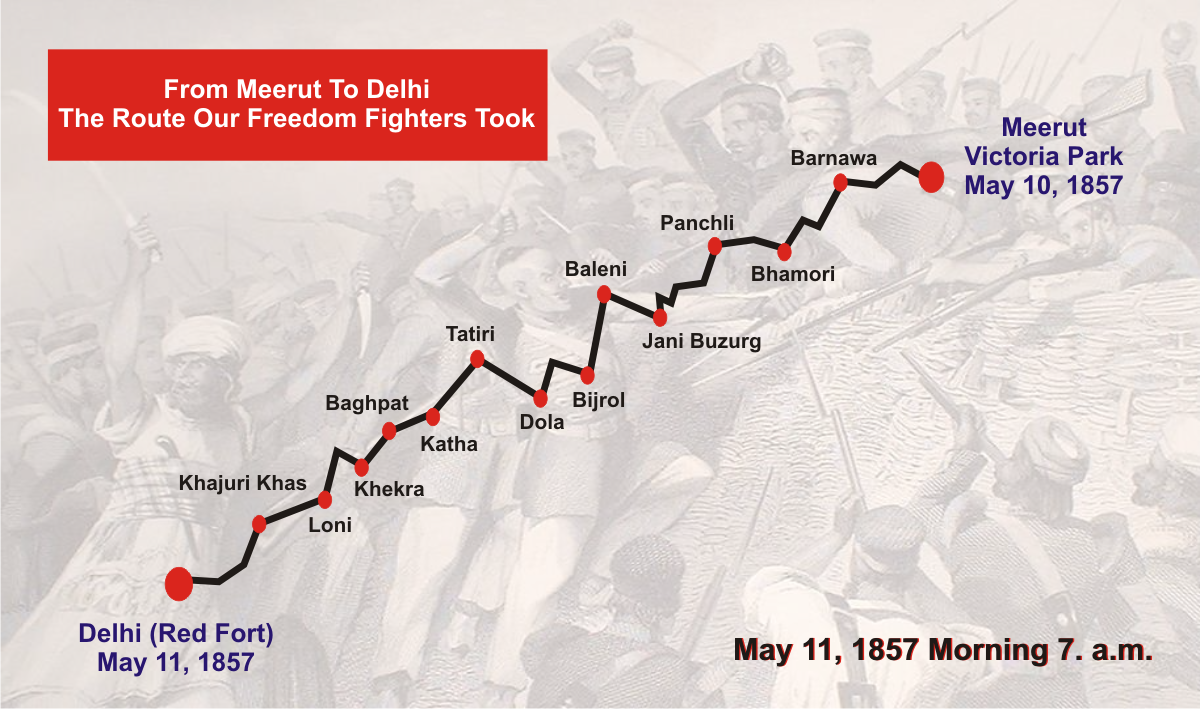

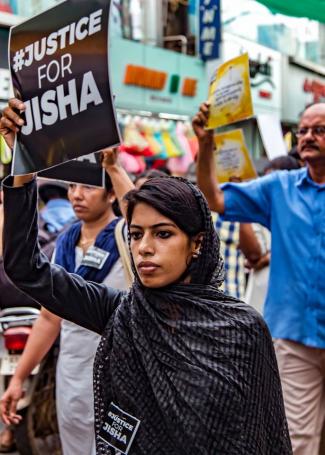
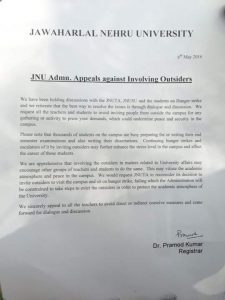
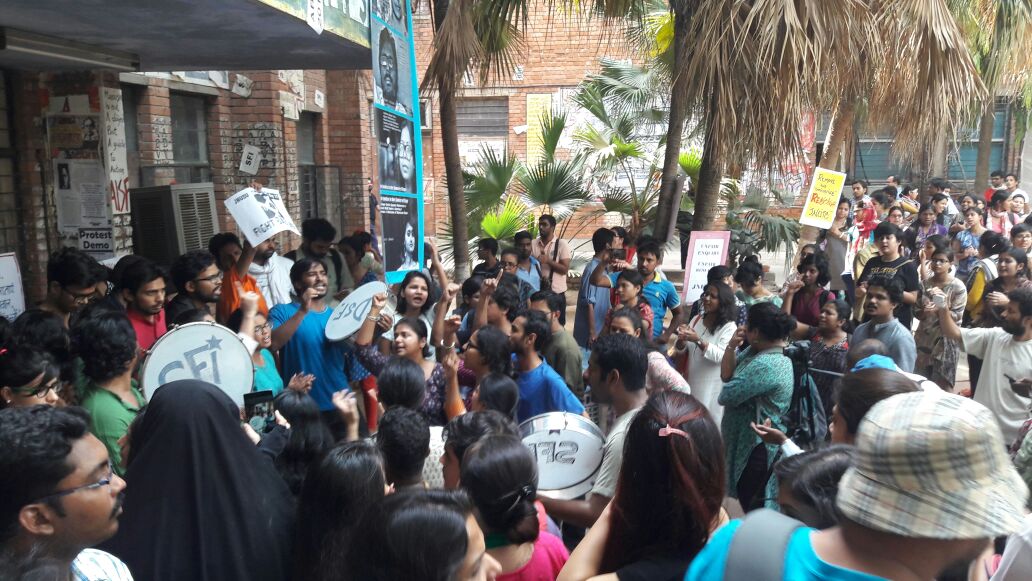
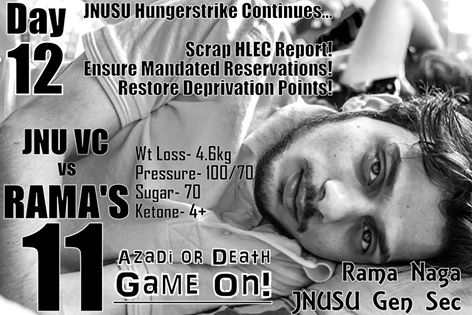
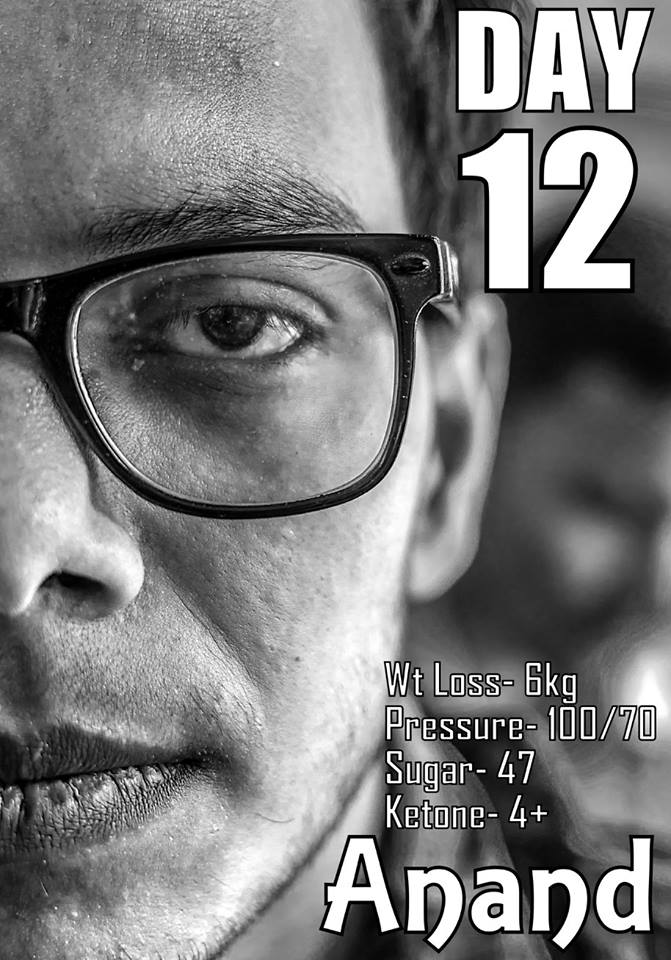





.jpg)
